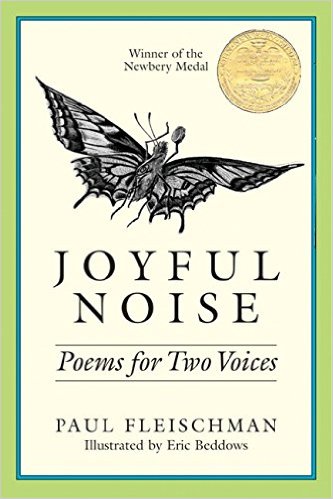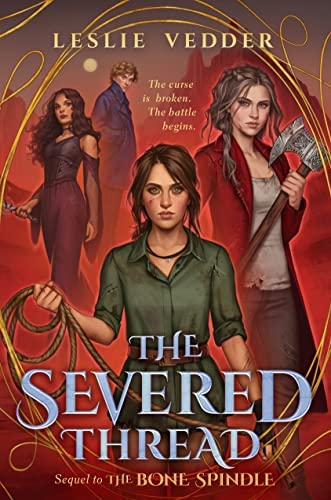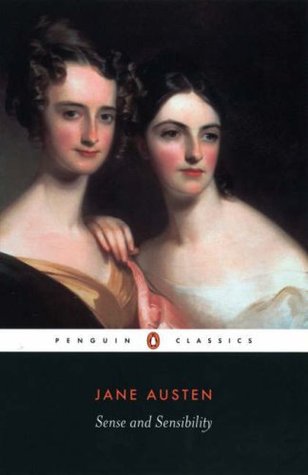[button color=”black” size=”big” link=”http://affiliates.abebooks.com/c/99844/77798/2029?u=http%3A%2F%2Fwww.abebooks.com%2Fservlet%2FSearchResults%3Fisbn%3D9781494464585″ target=”blank” ]Purchase here[/button]
A good friend of mine recently sent me Jasper Fforde’s The Eyre Affair as a gift. Thanks, Heather! But I was sure that I couldn’t truly enjoy such a book until I had first read this novel by one of the three gifted Brontë sisters who lived such sad, short lives in and around Haworth, Yorkshire, and who each wrote an enduring novel (Emily’s was Wuthering Heights and Anne’s was Agnes Grey).
Written in 1847, Jane Eyre is an expansive romantic novel (not the same as a “romance” novel) that shares some of the old-fashioned diction one may also find in Dickens, but in a much more direct, fast-paced, easily readable style. Of course it is about a young woman named Jane Eyre, who is very direct and honest in her thinking and speaking, passionate and inquisitive by nature, and how she struggles to find a love and a life that is true to her stormy heart and inquiring mind.
But she is crossed time and time again. Not that she has a miserable life, by any means, but it isn’t always rosy either. First, as an infant she becomes the ward of an aunt, Mrs Reed, who finds Jane’s personality uncongenial, in contrast to her own spoiled children. Mrs Reed tries to “squash” her niece much as the Dursleys tried to squash Harry Potter. After 10 years, the aunt decides to send Jane to a charitable school for girls. Before going, Jane tells Mrs Reed off in a very memorable scene.
But things do not immediately improve for her at Lowood School. The austerity of Mr Brocklehurst’s custodianship borders on murderous cruelty. The girls are underfed, underclothed, and subjected to unhealthy conditions, until a plague takes a number of them away and awakens the public to what is going on at Lowood. After that things improve, except Jane buries a lovely and influential friend named Helen Burns.
Jane spends eight years at Lowood, the last two as a teacher. Inevitably, her natural restlessness and yearning for experience lead her to become governess to a little French girl named Adèle, who lives in a manor house called Thornfields. The master of the house, a Mr Rochester, is seldom at home, so it is some time before Jane actually meets him. When they do meet, naturally, they fall in love. It’s an unlikely match between an un-handsome, brooding, sarcastic man (his clever speeches always make an impression) and an un-pretty, headstrong girl, with twenty years of age between them. When they finally decide to get married, and you realize there is half the book yet to go, and you wonder why you feel a sense of foreboding, it becomes clear that this is not a whirlwind romance story with a conventional ending. There are mysteries yet unrevealed, clues yet unexplained, and trials yet to be borne as the couple stands before the altar…
And after all the shattering revelations and heart-rending temptations, Jane finds herself fleeing in the night, penniless, with nothing but the clothes on her back, reduced to wandering in trackless moors, begging for scraps of bread, and finally collapsing on the doorstep of a place called Moor House. And here a new phase in her life begins, with a romantic rival and complete foil to Mr Rochester. Let him be named St John Rivers, a physically beautiful but emotionally austere young clergyman and would-be-missionary, who puts Jane’s heart to its second great test.
That’s more than enough plot description, I think. There are lots of memorable scenes that are impressed on the minds of most educated, English-speaking people– indeed, whether they have read the book or not. The telling-off of Mrs Reed, for instance, and Jane’s desperate flight over the moors. Charlotte Brontë excelled in creating characters that spoke in their own voice, and conversations and scenes that come alive in the imagination. It is a very dramatic story, not awfully sentimental, only for a moment here and there descending into preachiness (Ms Brontë would have made a formidable women’s-libber, among other things).
Full of wild and picturesque landscapes, haunting mysteries, tooth-grinding suspense, and borderline-tragic romantic entanglements that leave you almost frantic with frustration, it is still real enough and modern enough (not to mention, readable enough) to be in the hands of everyone who enjoys a good novel. And if you need any help visualizing it– which I doubt– there have been at least six movie adaptations of this book, though the one I personally recommend is the 1944 version starring Joan Fontaine and Orson Welles.



